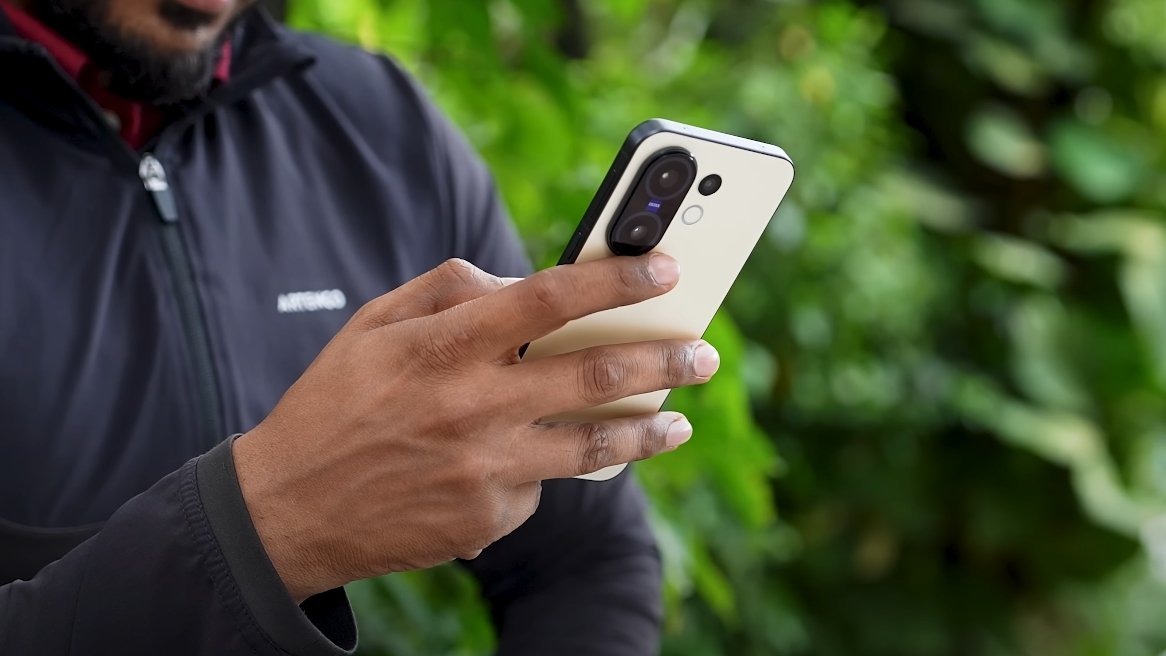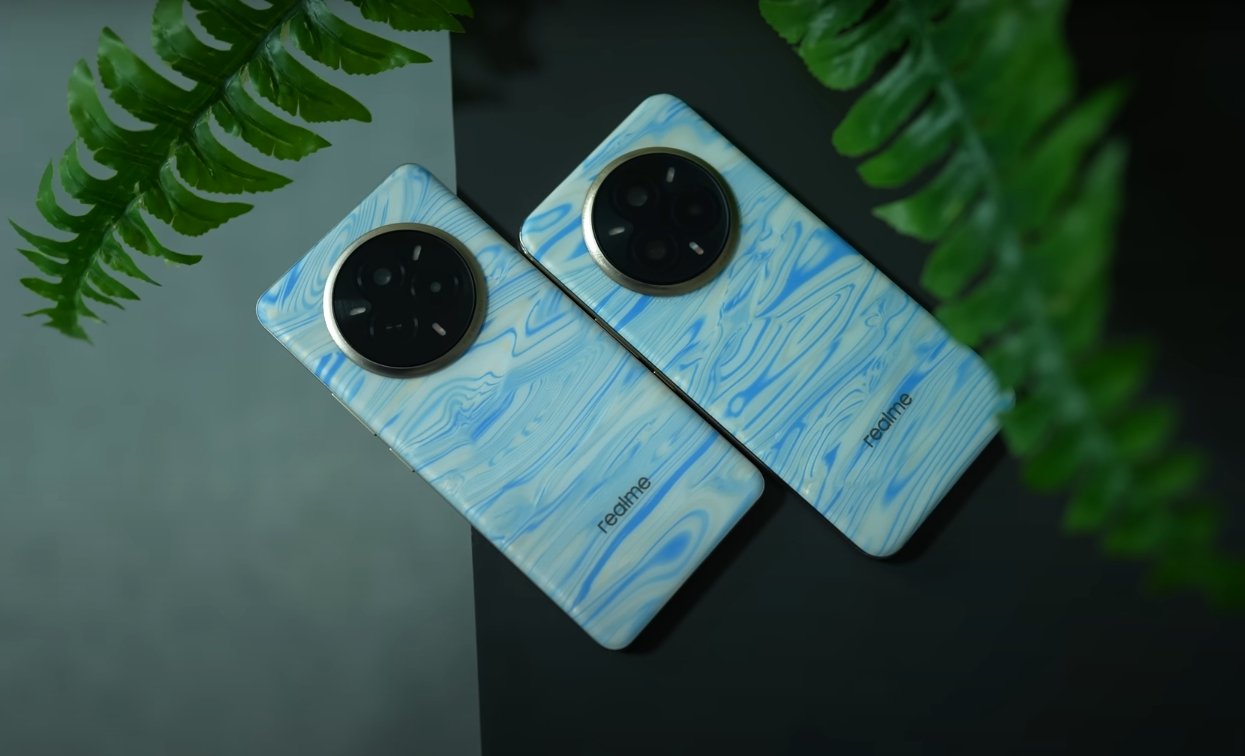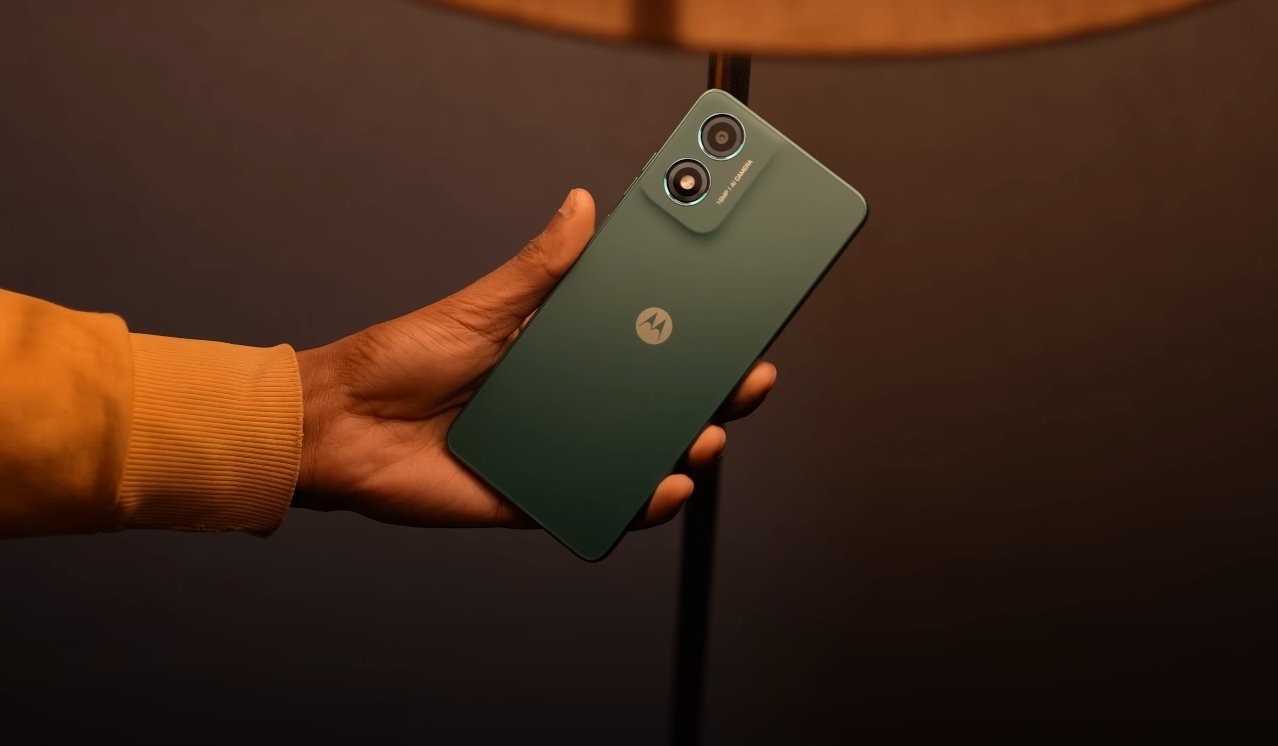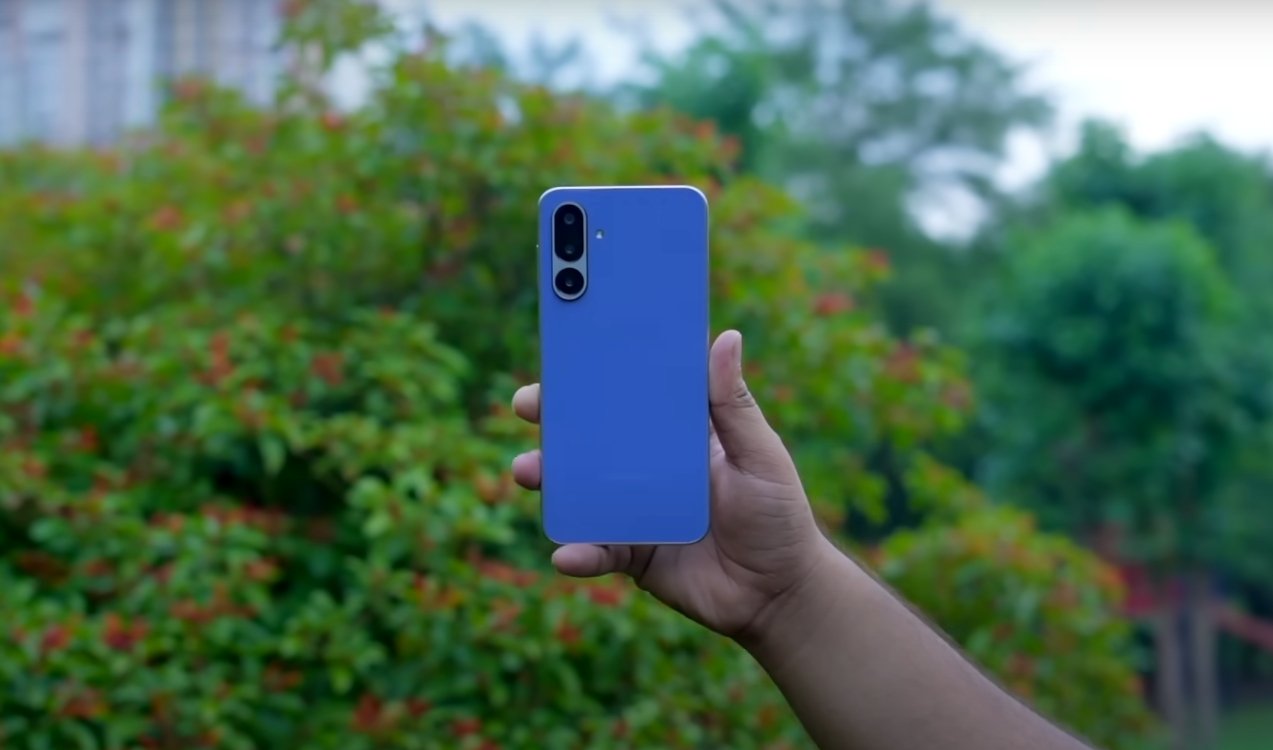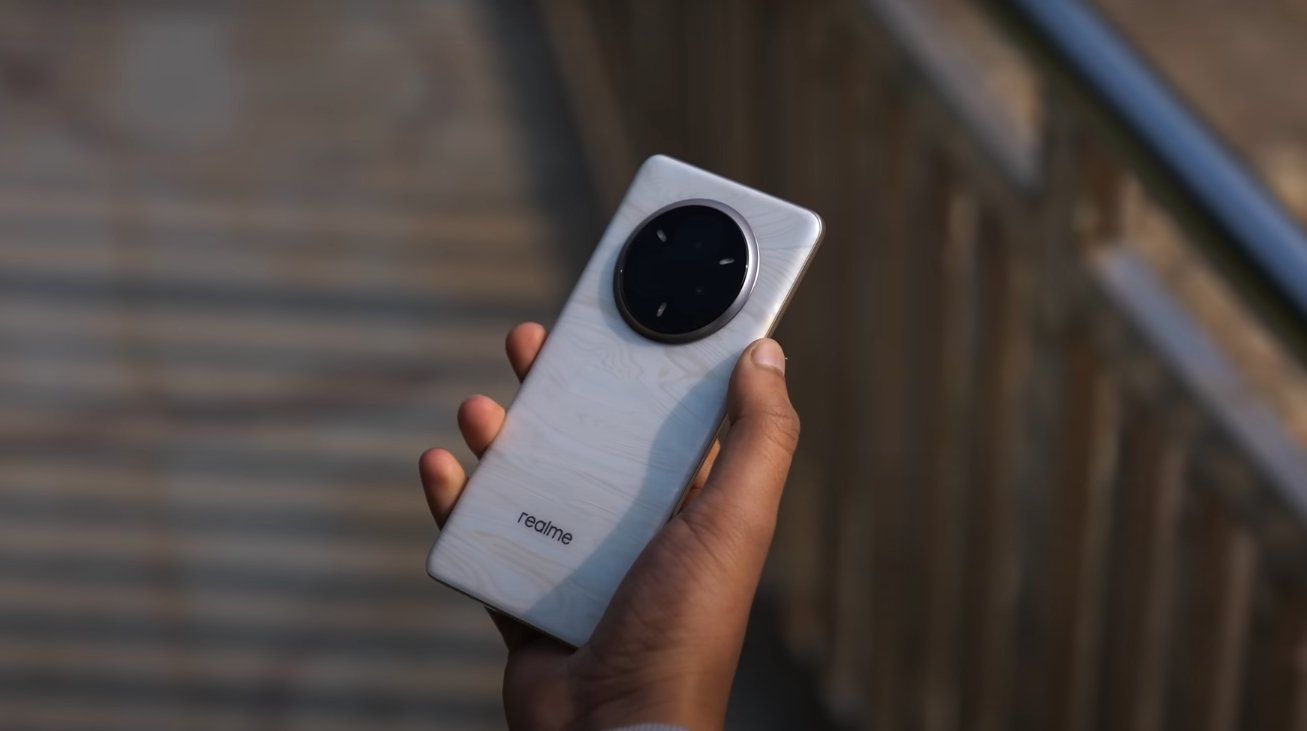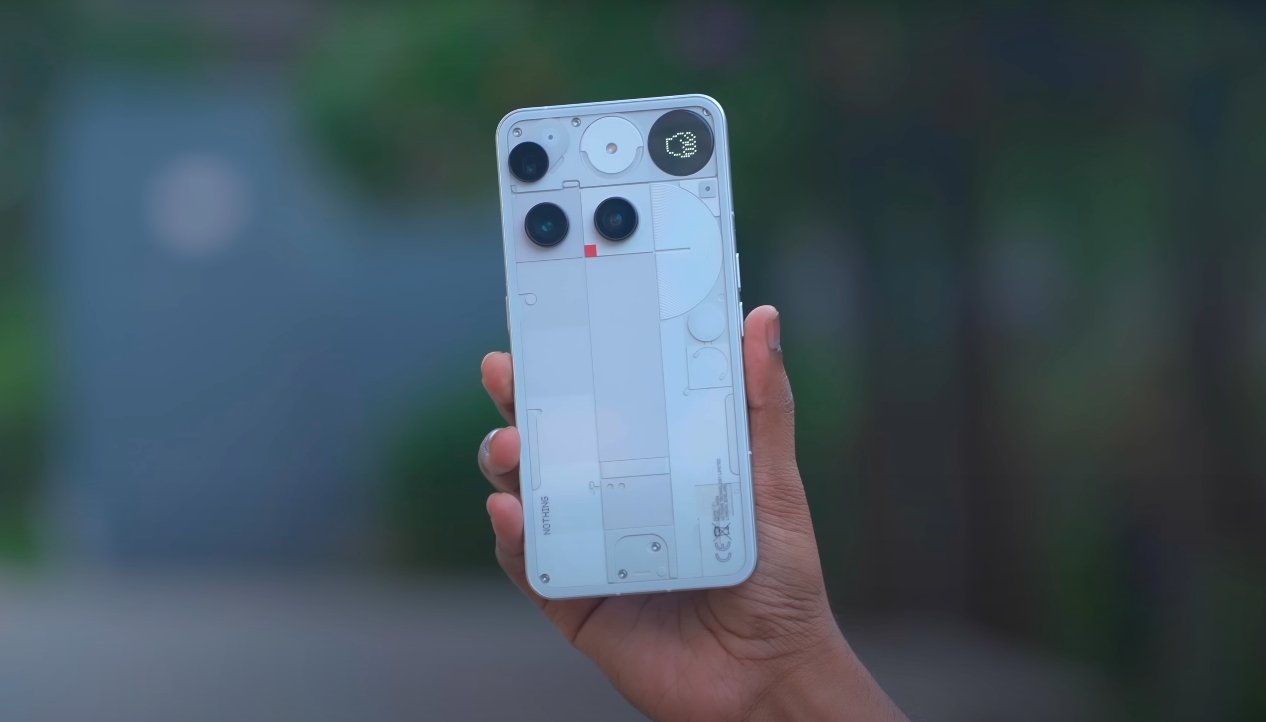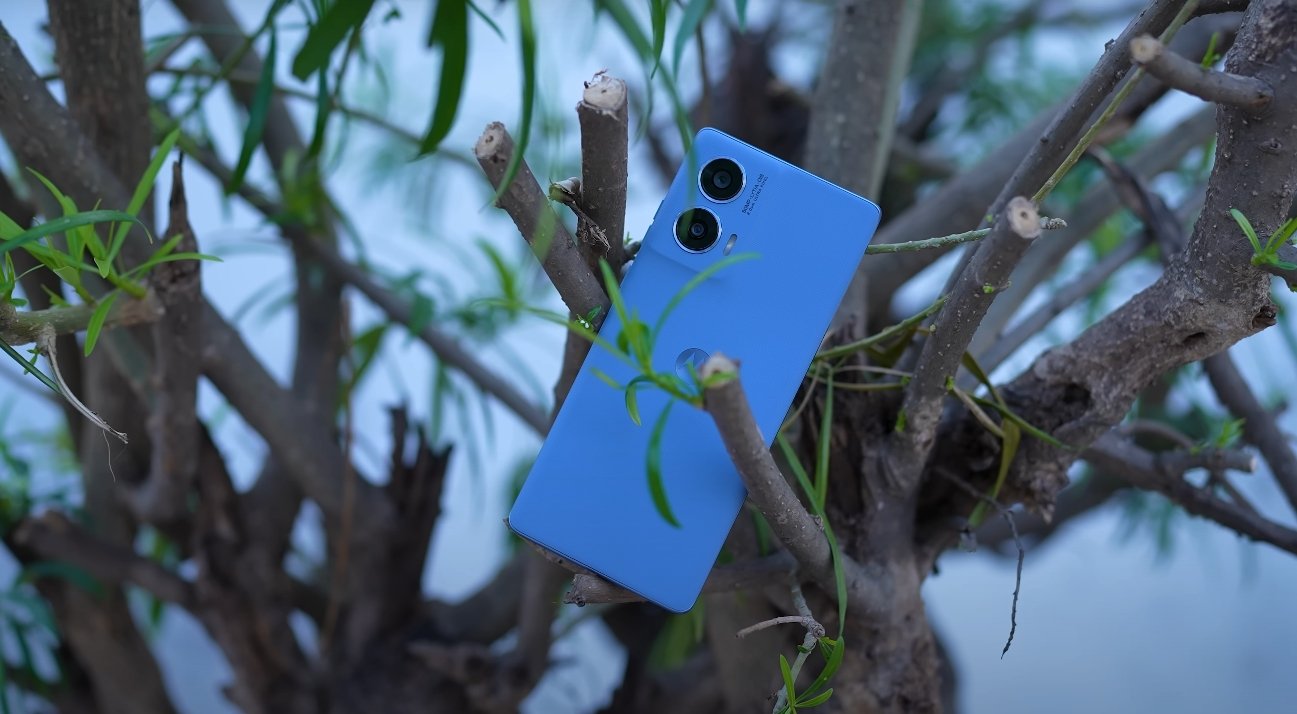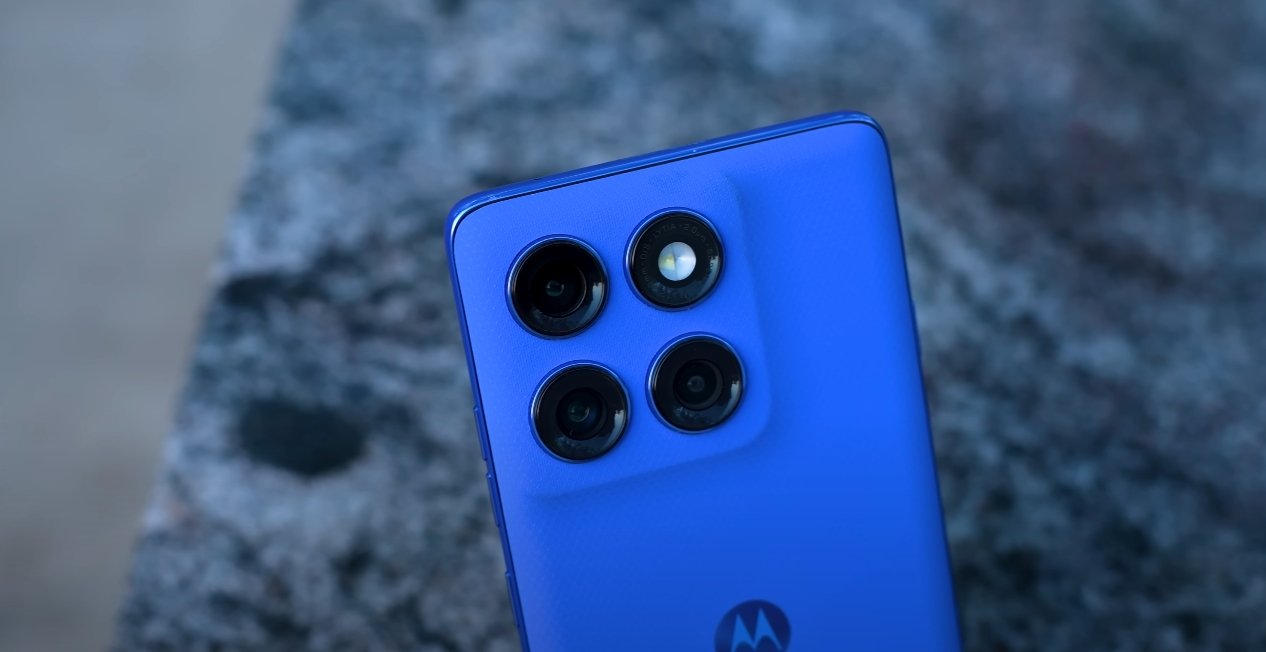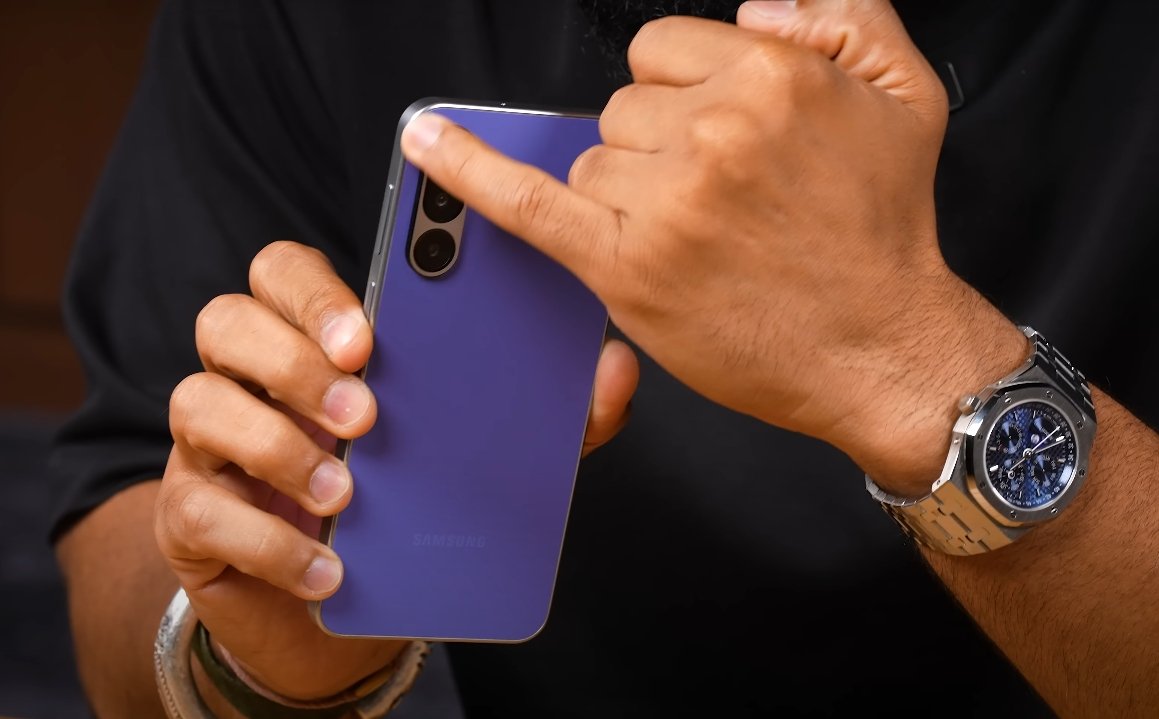U.S. 5G network performance tested on Vivo X300 FE
The Vivo X300 FE has undergone extensive testing for 5G connectivity across major U.S. carriers ahead of its official launch. Early results indicate that the device supports a broad spectrum of 5G bands, ensuring compatibility with Verizon, AT&T, and T-Mobile networks. This makes it a reliable option for U.S. consumers looking for a mid-premium smartphone with robust network performance.
The smartphone supports both low-band and mid-band 5G frequencies, which are widely deployed by U.S. carriers for broad coverage. Bands such as n2, n5, n41, n66, and n71 are expected to cover suburban and rural areas, while higher frequency bands like n77 and n78 ensure strong city coverage and improved data speeds. The inclusion of mmWave support, particularly n258, n260, and n261, provides ultra-fast speeds in dense urban regions and at stadiums or other crowded venues.
Testing has shown that the Vivo X300 FE performs well in both standalone (SA) and non-standalone (NSA) 5G modes. Standalone mode allows the device to leverage pure 5G networks for ultra-low latency, which is ideal for gaming, video streaming, and real-time applications. Non-standalone mode, which works alongside 4G LTE infrastructure, helps maintain coverage in areas where pure 5G is not yet widely available. Reviewers in the U.S. reported consistent speeds and stable connections during testing, even in areas with variable signal strength.
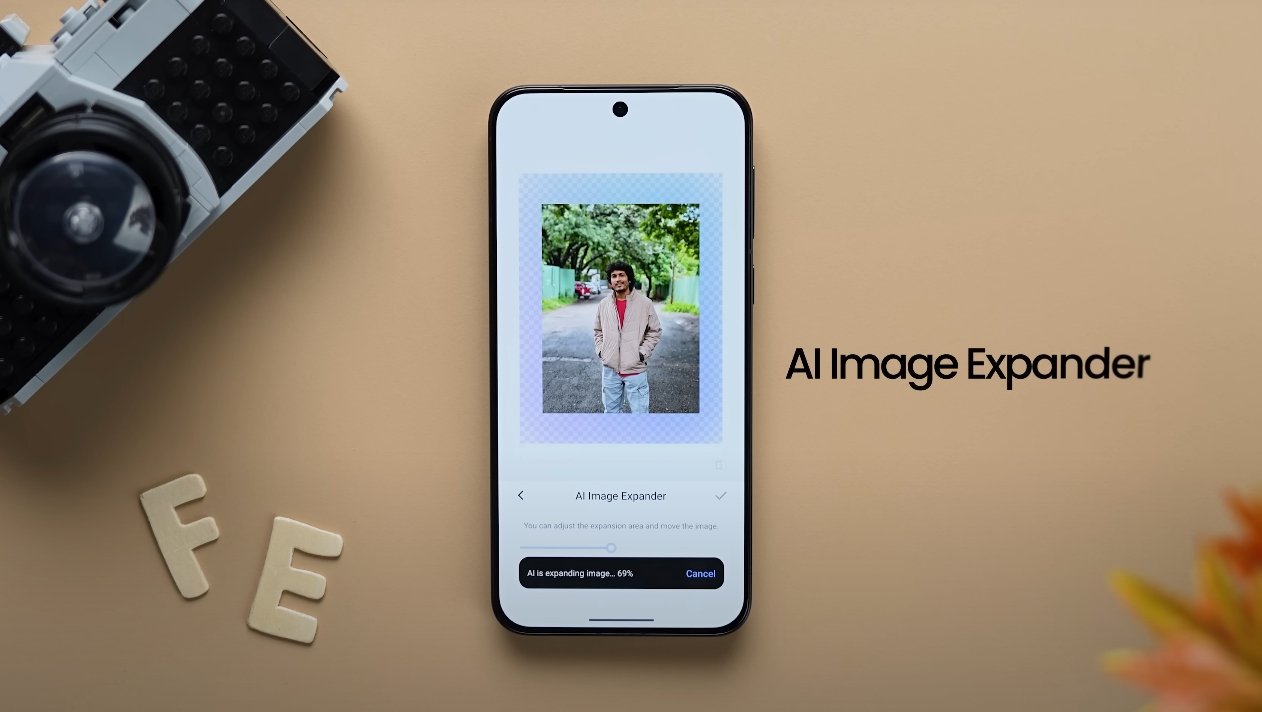
In addition to cellular connectivity, the Vivo X300 FE is expected to feature Wi-Fi 7 support, providing faster local network speeds and more reliable connections for streaming, file transfers, and online gaming. Bluetooth 5.4 is also included, offering improved pairing stability, longer range, and higher data transfer rates for wireless accessories. These features enhance the overall connectivity experience, making the device versatile for both home and mobile use.
Carrier-specific testing shows promising results. On Verizon, the X300 FE connects reliably to both low- and mid-band 5G frequencies, with occasional access to mmWave hotspots. AT&T users benefit from wide mid-band coverage, which ensures high speeds and low latency in urban and suburban regions. T-Mobile tests confirm strong mid-band and low-band connectivity, with the device seamlessly switching between bands to maintain uninterrupted service. These results suggest that Vivo has designed the X300 FE with the U.S. market in mind, optimizing both hardware and firmware for carrier performance.
The phone’s dual-SIM capability also supports network flexibility, allowing users to maintain connections across different carriers or separate personal and work lines. Vivo’s network management software helps balance signal strength, battery efficiency, and data throughput, providing a smooth experience even when multiple apps are running simultaneously. Reviewers noted minimal drops in 5G performance during heavy use, indicating that the phone’s modem and antenna configuration are well-engineered for real-world scenarios.
Overall, the Vivo X300 FE demonstrates strong and reliable 5G connectivity across all major U.S. carriers. Its extensive band support, combined with Wi-Fi 7 and Bluetooth 5.4, positions the device as a future-proof option for consumers who value speed, stability, and seamless network performance. As the official U.S. launch approaches, users can expect a smartphone that delivers both fast data and consistent call quality, making it a compelling choice in the competitive mid-premium segment.
